The quaint coastal town of Ortona sits along Italy’s Adriatic coast. Walking through its narrow streets today, it’s hard to imagine that in December 1943, Canadian forces fought one of their fiercest battles of World War II right here. This small Italian town witnessed such intense urban combat that Winston Churchill dubbed it “Little Stalingrad,” a testament to Ortona’s significant place in military history.
What strikes me most about Ortona is how seamlessly it blends its wartime past with its coastal heritage. Bullet holes still mark some buildings, while the war monument stands adorned with flowers—silent reminders of sacrifice just blocks away from bustling fishing docks.
During my visit last summer, I stood at the harbor watching fishermen mend their nets, using techniques passed down through generations.
Ortona’s unique identity emerges from this fascinating contrast: a town where Canadian soldiers once ate their Christmas dinner in 1943 amid front-line fighting is now a place where I enjoyed fresh seafood at a family-run trattoria overlooking the same Adriatic waters that have shaped local life for centuries. The resilience of this community, rebuilding after devastation while preserving both their maritime traditions and wartime history, makes Ortona a truly compelling destination.
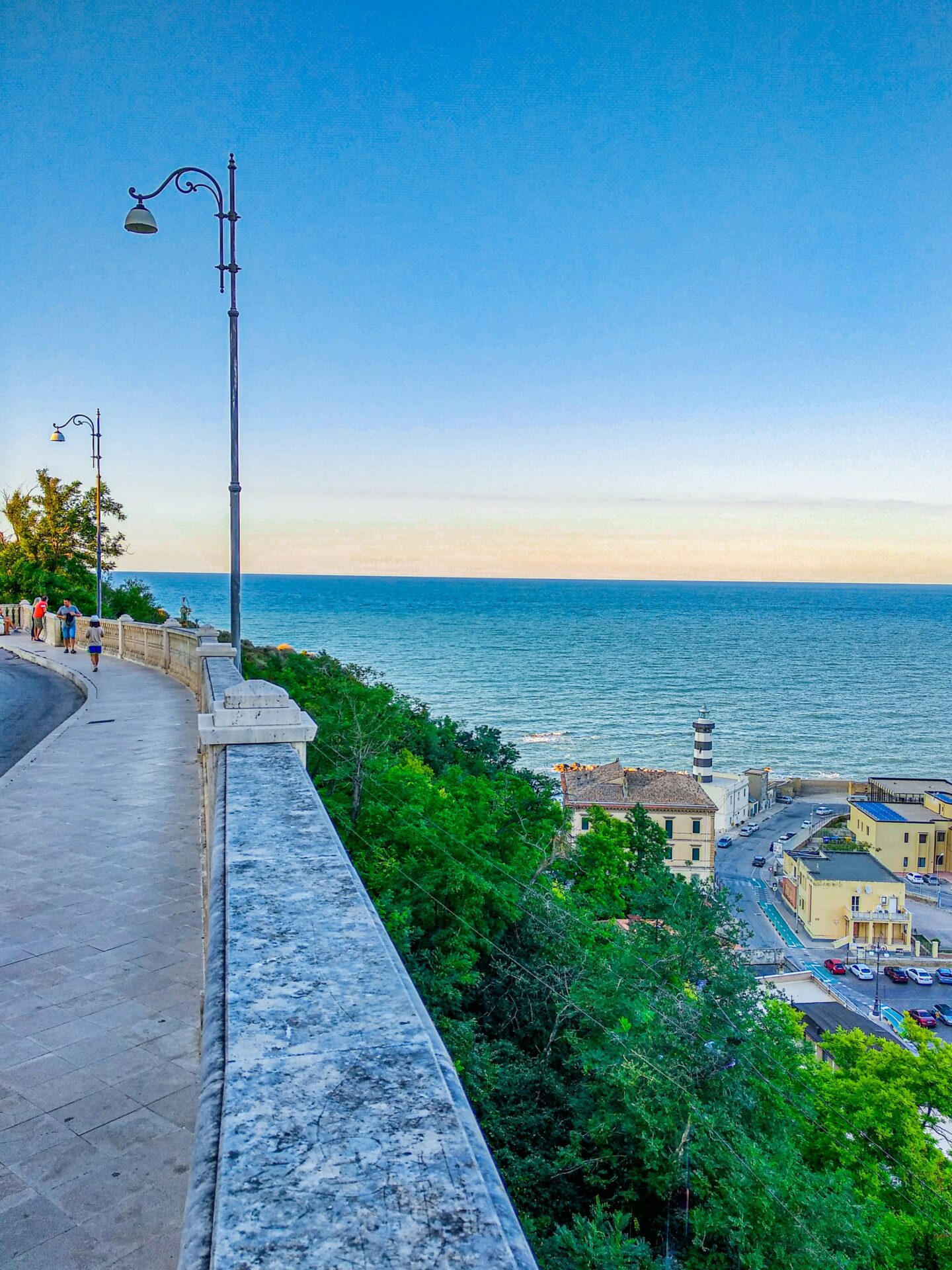
Legacy of World War II in Ortona
Ortona holds deep scars from one of the most brutal urban battles of World War II. The fighting here was so intense that Winston Churchill called it “Little Stalingrad,” a name that still resonates when walking through the rebuilt streets today.
The Battle of Ortona: A Detailed Chronology
The Battle of Ortona unfolded between December 20-28, 1943, pitting the 1st Canadian Division against elite German Fallschirmjäger (paratroopers). I was amazed to learn how Canadian soldiers developed innovative “mouse-holing” techniques—blasting holes through connecting walls to move between buildings without exposing themselves to German snipers.
House-to-house fighting defined this battle. The Canadians faced booby traps and rubble obstacles at every turn. Despite the intense fighting, Canadian troops famously paused for Christmas dinner, served in rotations at the Santa Maria di Costantinopoli church.
The battle claimed over 1,300 Canadian casualties and countless civilian lives. I found it moving that locals still refer to the Canadians as liberators, with many families passing down stories of that terrible December.
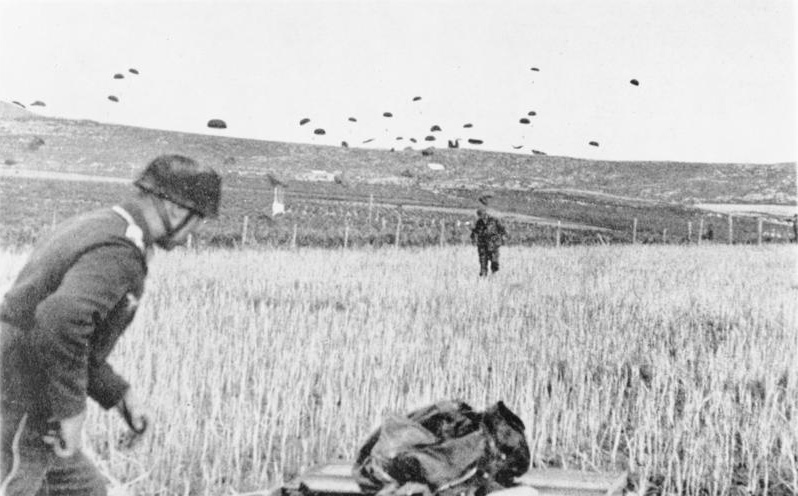
Strategic Importance of the Adriatic Sea
Walking Ortona’s harbor today, it’s easy to understand why both Allied and Axis forces fought so fiercely for this small coastal town. The port provided crucial access to the Adriatic Sea, offering a gateway to northern Italy and the Balkans.
For the Germans, Ortona represented a critical supply line. The Wehrmacht heavily fortified the town, turning medieval structures into defensive strongholds as part of their “Winter Line” strategy to slow the Allied advance.
The Allies, pushing northward through Italy, needed Ortona’s port facilities to maintain their momentum. I’ve learned that control of this Adriatic access point was essential for supplying troops and potentially opening a new front against Nazi Germany.
Weather conditions and mountainous terrain made the Italian Campaign particularly challenging, with Ortona representing a strategic prize worth the terrible cost.
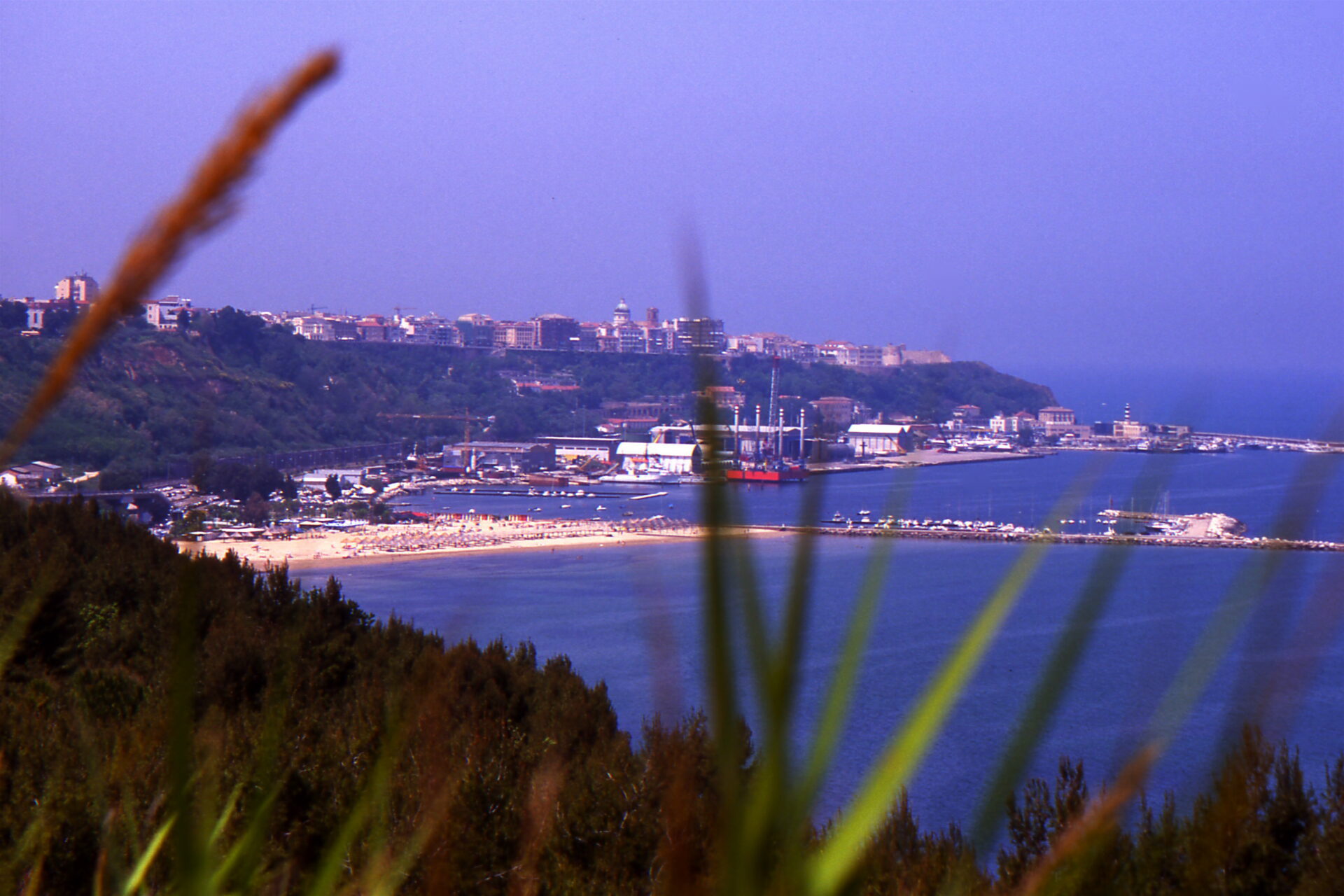
Monuments Honoring the ‘Italian Stalingrad’
Today, I find Ortona’s war memorials deeply moving. The Moro River Canadian War Cemetery lies just outside town, where 1,615 Allied soldiers rest. White headstones in neat rows stand as silent witnesses to the sacrifice.
The Price of Peace Monument in Piazza Plebiscito features a bronze Canadian soldier helping an Italian child. Bullet holes still mark some building facades, preserved as reminders of the battle’s intensity.
I was particularly touched by the Ortona Battle Museum, housing photographs, weapons, and personal items from both Canadian soldiers and local civilians. The Christmas dinner is commemorated annually, with Canadian veterans sometimes returning to participate.
These memorials aren’t merely tourist attractions but living connections between Ortona’s citizens and their Canadian liberators, ensuring this chapter of World War II history remains alive in community memory.

Coastal Defenses and Castles of Ortona
Ortona’s strategic position along the Adriatic coastline has made it a crucial defensive point throughout history. The city’s military architecture stands as a testament to its historical importance and the need to protect this valuable coastal territory.
Castello Aragonese: A Testament to Medieval Fortitude
The Castello Aragonese dominates Ortona’s skyline, standing proudly on a cliff overlooking the sparkling Adriatic Sea. I was immediately struck by its commanding presence when I first visited.
This medieval fortress was built to protect the town from sea invasions, a common threat along the Adriatic coast for centuries. The castle’s strategic position offered defenders an unobstructed view of approaching ships.
Walking through its weathered stone corridors, I could feel the weight of history. The architecture features typical medieval defensive elements like thick walls and strategic viewpoints.
Today, the castle serves as both a historical landmark and a cultural center. I recommend visiting during the golden hour when the setting sun bathes the stone walls in warm light.
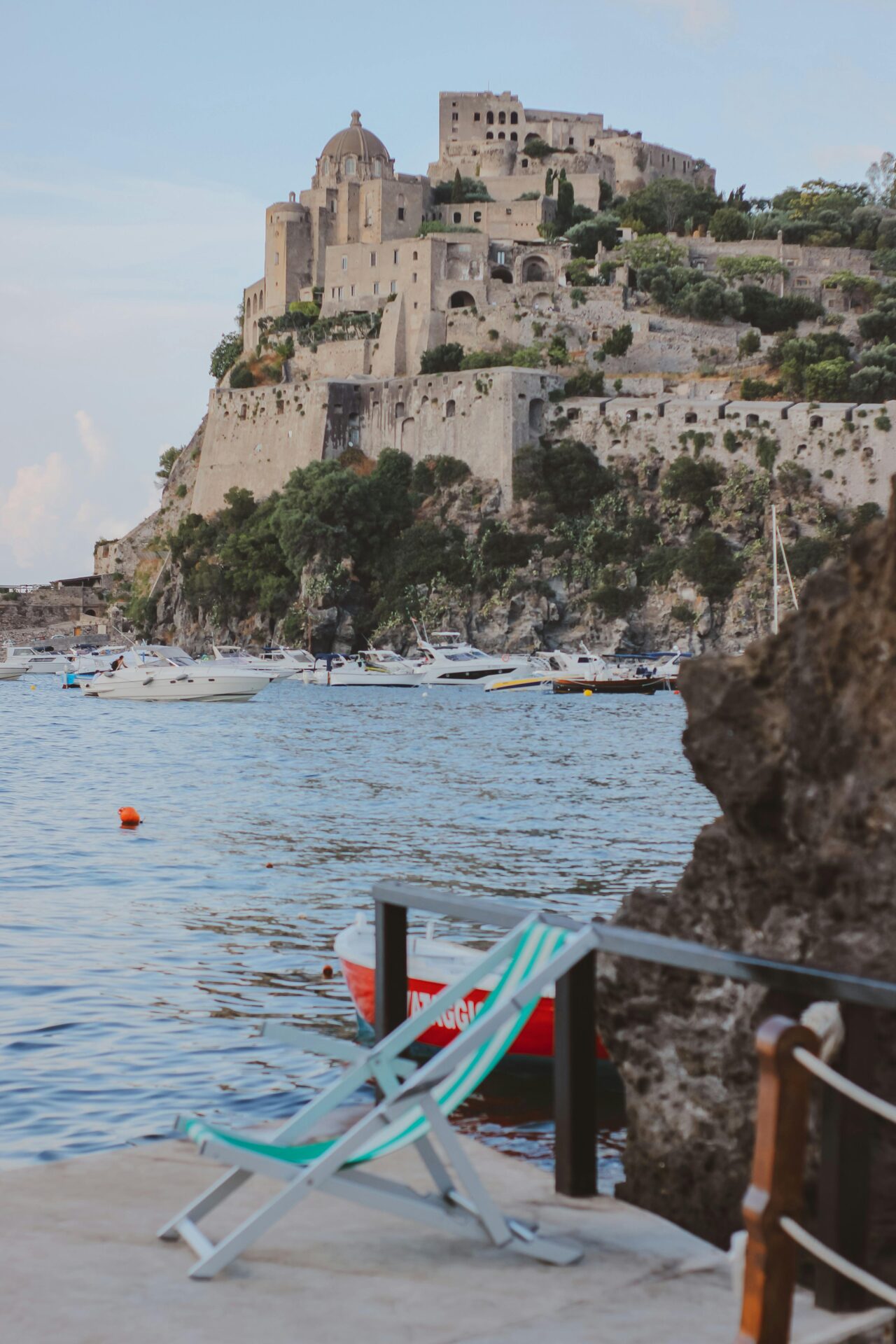
Exploring the Remnants of Coastal Defenses
Beyond the castle, Ortona’s coastline is dotted with remnants of more recent defensive structures. These fortifications gained particular significance during World War II when Ortona became a battlefield.
The town’s defensive position made it strategically valuable, leading to the infamous Battle of Ortona in December 1943. Sometimes called “Little Stalingrad” by Winston Churchill, this battle left lasting marks on the urban landscape.
I found bullet holes still visible in some of the older buildings near the coast. These silent witnesses to history create a powerful connection to the past.
Some bunkers and defensive positions along the shoreline have been preserved as historical sites. When I visited these spots, local guides shared stories about the Canadian troops who fought house-to-house against German paratroopers.
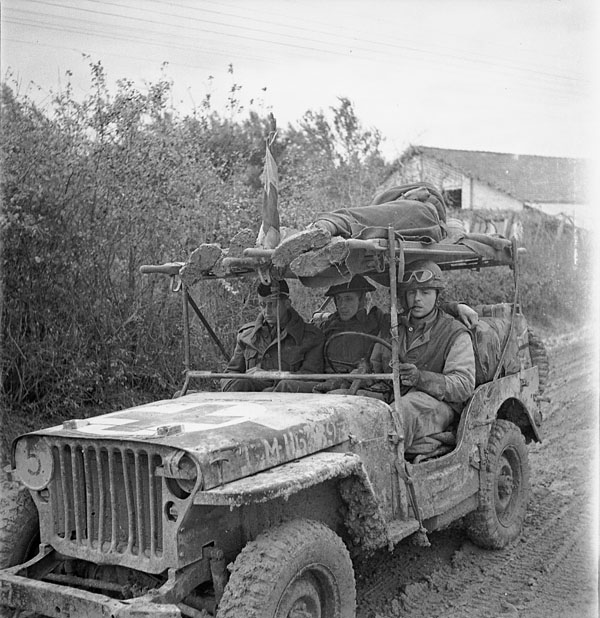
Fisheries and Cuisine: The Cultural Pillars
The coastal traditions of Ortona blend centuries-old fishing practices with a rich culinary heritage that continues to define the region’s identity today. Along the Adriatic Coast, these twin pillars have sustained communities through war and peace.
Traditional Fishing Techniques Along the Adriatic
Walking along Ortona’s harbor at dawn, I’m greeted by fishermen preparing their trabocchi—wooden fishing platforms extending into the Adriatic Sea. These remarkable structures date back centuries and represent ingenious engineering by coastal communities.
The trabocchi are part of what locals call the “Trabocchi Coast,” a stretch of shoreline where these fishing machines stand as monuments to human adaptation. Fishermen still use nets suspended from long wooden arms to catch sea bass, mullet, and bream.
I’ve watched elderly fishermen mend nets using techniques passed down through generations. They tell me how sustainable fishing has always been part of their heritage—taking only what’s needed and respecting seasonal patterns.
Small-scale fishing remains central to Ortona’s economy despite modernization. The traditional wooden boats called “lancette” still dot the harbor, though fewer young people choose fishing as their livelihood today.
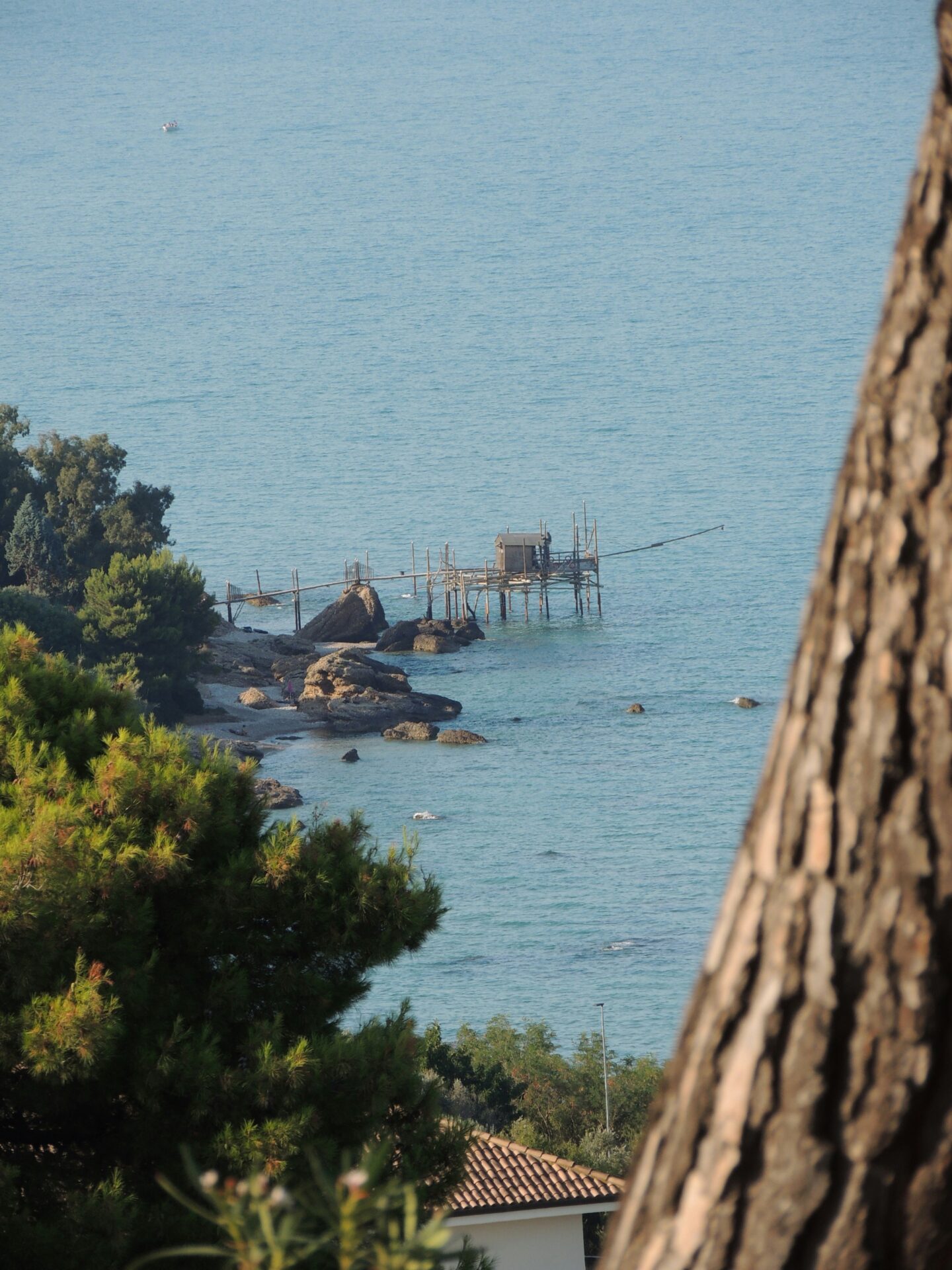
Authentic Abruzzese Cuisine: A Gastronomic Journey
Ortona’s seafood cuisine transforms the morning’s catch into extraordinary dishes that I’ve found impossible to resist. Brodetto, a rich fish stew, varies from family to family—each claiming their recipe as the definitive version.
The simplicity of grilled fish dressed with local olive oil and lemon showcases Abruzzese cooking philosophy: respect the ingredients and do little to interfere with natural flavors.
Inland influences merge with coastal bounty here. I’ve savored pasta alla chitarra topped with tiny, sweet prawns—a perfect marriage of mountain tradition and seafood abundance.
Visiting the weekly market, I discovered how seasonal eating remains fundamental. Locals judge restaurants by their adherence to using what’s fresh rather than what’s convenient.
Arrosticini (lamb skewers) appear alongside seafood platters in Ortona’s trattorias, reflecting the region’s dual identity as both pastoral and maritime. The cuisine tells the story of Abruzzo’s geography in every bite.

Preserving Local Traditions and Heritage
Along the Adriatic coast, communities work tirelessly to maintain their cultural identity through preservation efforts. The distinctive wooden fishing platforms called “trabocchi” stand as living monuments to the region’s maritime past.
The Role of Ortona in Preserving Maritime Heritage
Walking through Ortona, I’m struck by how this coastal town embraces its fishing heritage. The ancient wooden “trabocchi” fishing machines dot the coastline, creating a unique cultural landscape that locals proudly maintain. These ingenious structures have become symbols of resilience and continuity.
The town has established several initiatives to document traditional fishing techniques. I visited Trabocco Punta Tufano in Vallevò, where fishermen demonstrate how these platforms once functioned as efficient fishing systems.
Local museums display artifacts and photographs that tell the story of generations of fishermen. The maritime cultural heritage here helps preserve the social memory of fishing communities, maintaining a deep sense of place and identity for residents.
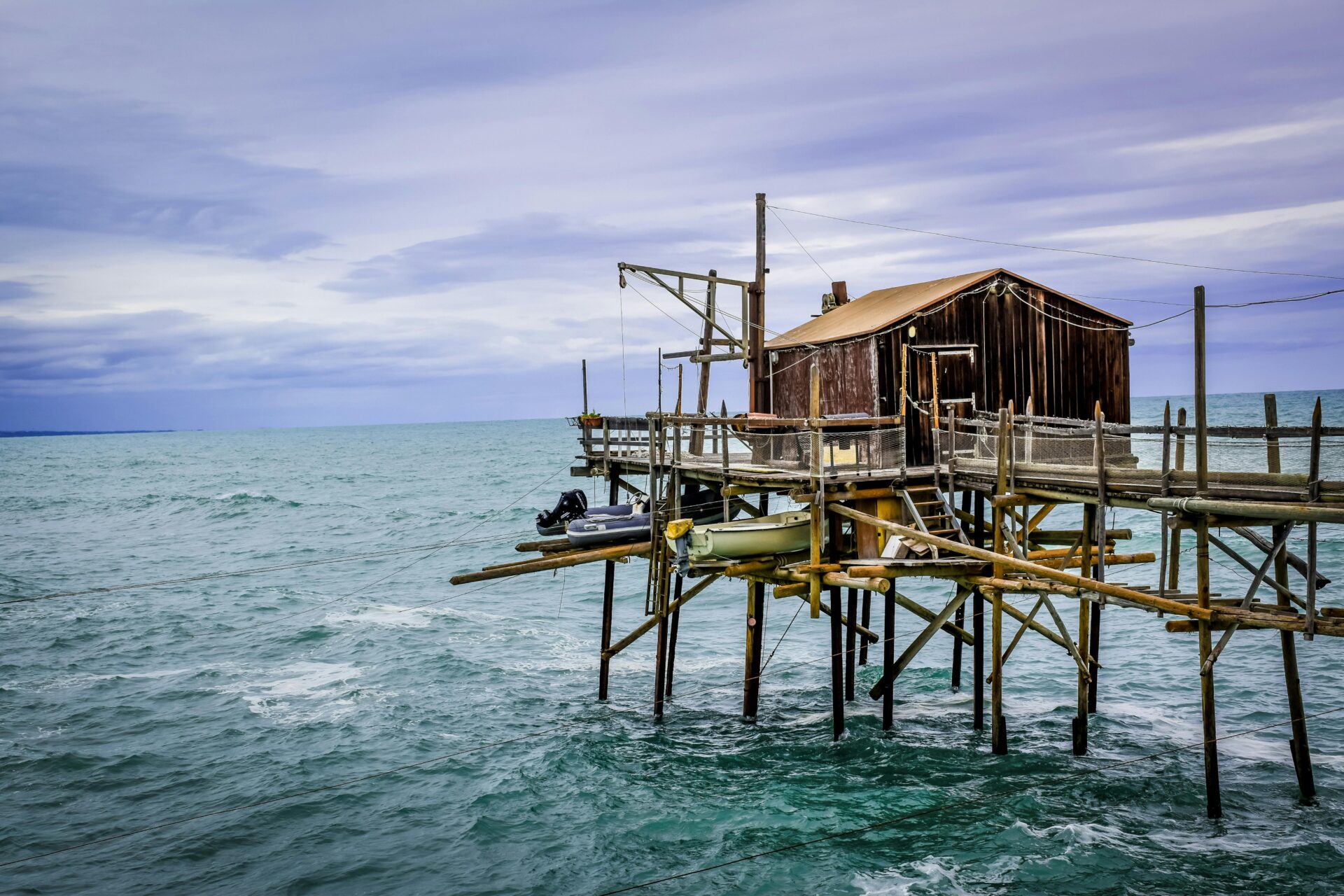
Vasto: A Synonym for Abruzzese Crafts and Shopping
In Vasto, I discovered a vibrant center for traditional Abruzzese craftsmanship. The narrow streets house workshops where artisans create items using techniques passed down through generations.
The town’s market squares transform on weekends, filling with stalls selling handmade ceramics, textiles, and woodwork. Many crafts incorporate maritime motifs reflecting the coastal heritage.
I spent hours browsing shops that specialize in locally produced foods. The merchants proudly explain how their products connect to regional traditions and often offer samples of olive oils, wines, and preserves.
Vasto’s commitment to preserving traditional crafts extends to educational programs for young people. These initiatives ensure that traditional skills aren’t lost as newer generations embrace modern ways of life.

Nautical Routes and Recreational Tourism
The Adriatic coastline of Ortona offers visitors stunning maritime experiences that blend natural beauty with rich cultural heritage. The crystal-clear waters provide perfect conditions for sailing adventures and coastal exploration.
Sailing the Adriatic: From Ortona to the Islands of Abruzzo
I discovered that Ortona serves as an excellent starting point for nautical adventures along the Adriatic Sea. The town’s well-equipped marina offers boat rentals and guided tours for all experience levels.
During my summer visit, I sailed from Ortona harbor to the breathtaking Trabocchi Coast, where traditional wooden fishing platforms dot the shoreline. These unique structures now serve as charming restaurants where you can enjoy fresh seafood while suspended above the waves.
The route to the small islands of Abruzzo took me past fine sandy beaches like Spiaggia Lido Saraceni and Punta Ferruccio. These pristine spots are perfect for swimming breaks during longer sailing journeys.
Local sailing schools provide lessons for beginners, while experienced sailors can charter their own vessels for multi-day explorations.
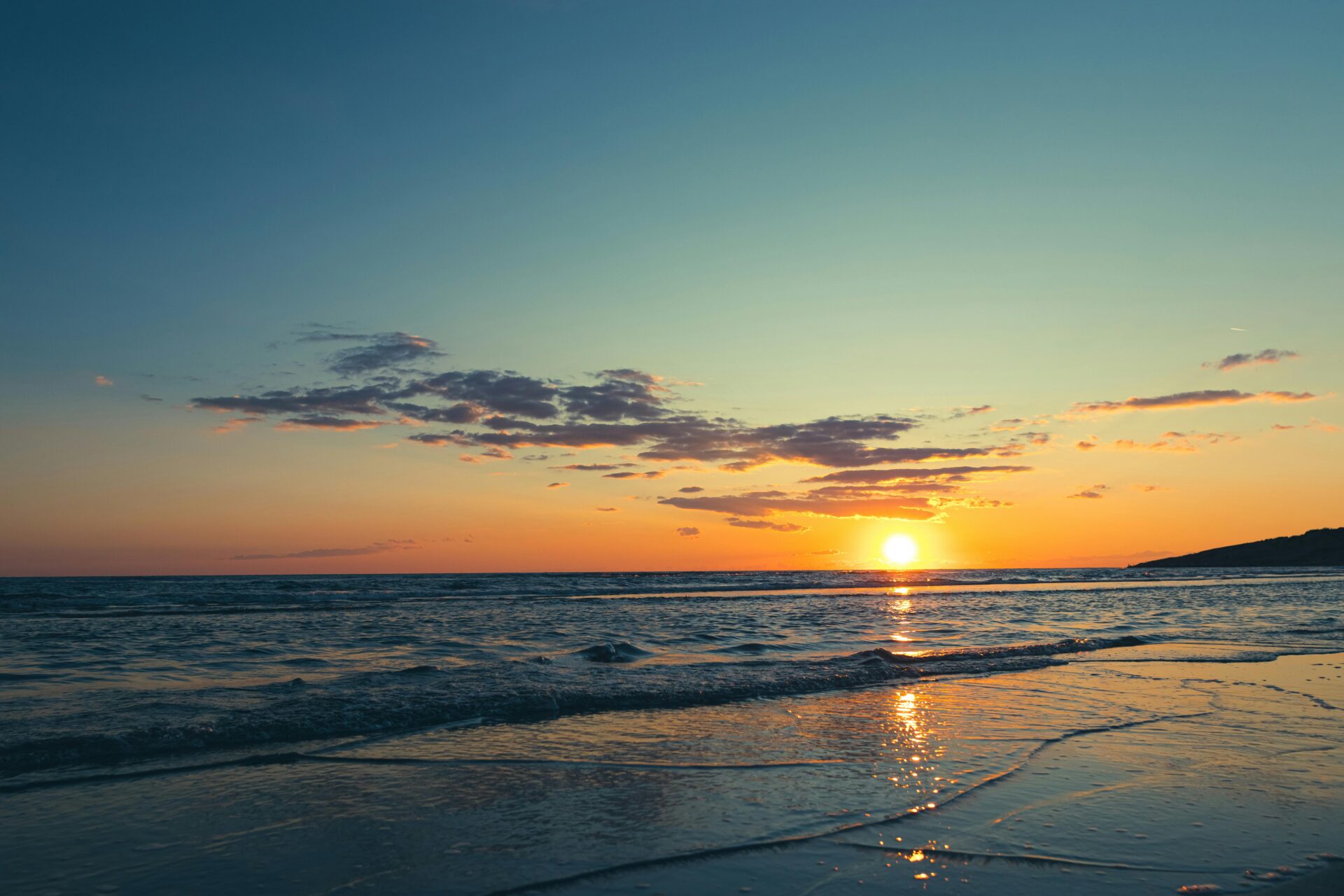
Exploring Coastal Villages and Their Timeless Charm
My journey along the coast revealed picturesque fishing villages that maintain centuries-old maritime traditions.
Each settlement has its own character and specialty seafood dishes worth sampling.
From Ortona, I recommend taking a coastal boat tour that stops at hidden coves inaccessible by land.
The village of San Vito Chietino particularly captured my heart with its narrow streets and panoramic views of the Adriatic.
Fishing remains central to local culture, and many villages offer opportunities to join fishermen for their morning catch.
This authentic experience provides insight into traditional techniques still used today.
Beach clubs along Spiaggia della Ritorna provide support for water sports enthusiasts with equipment rentals and instruction.
Paddleboarding at sunset became my favorite evening activity, offering unique perspectives of Ortona’s historic shoreline.

